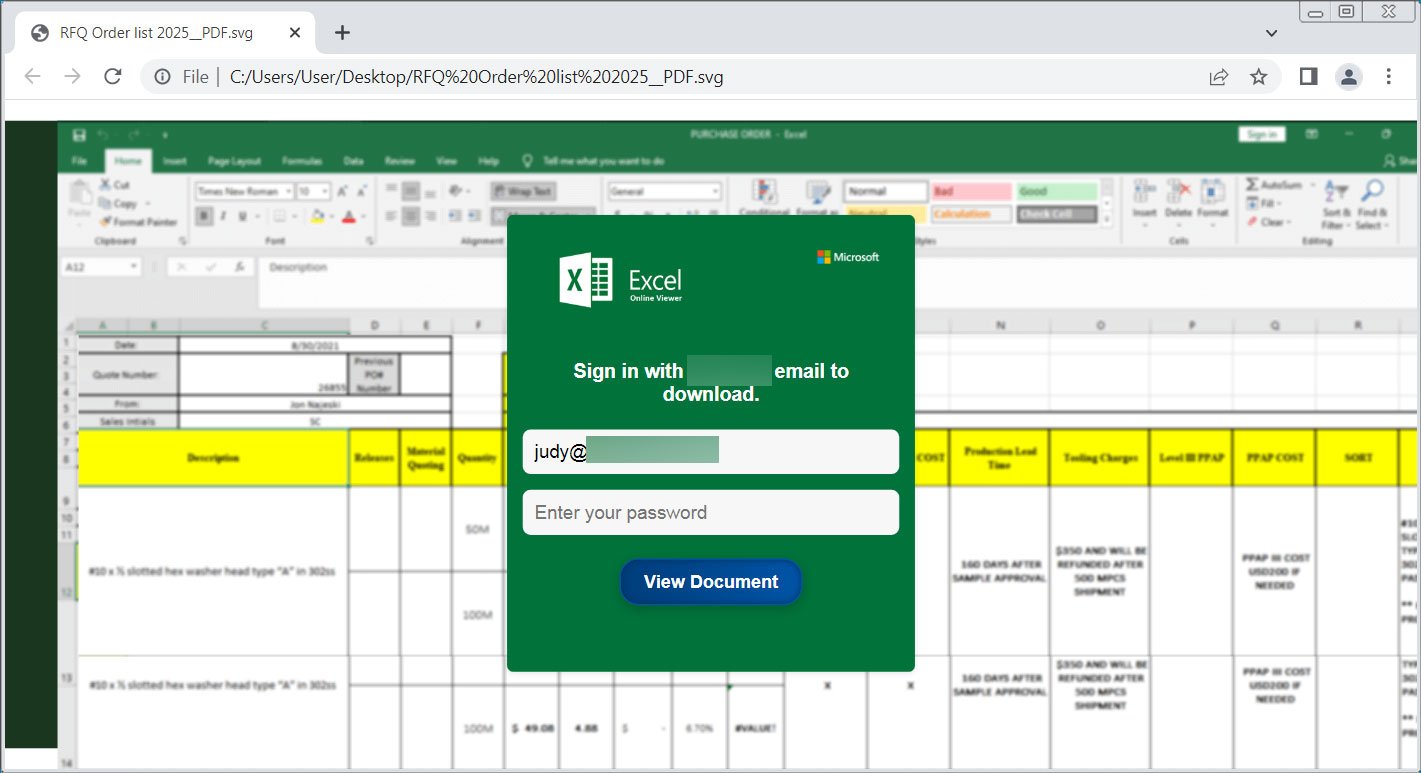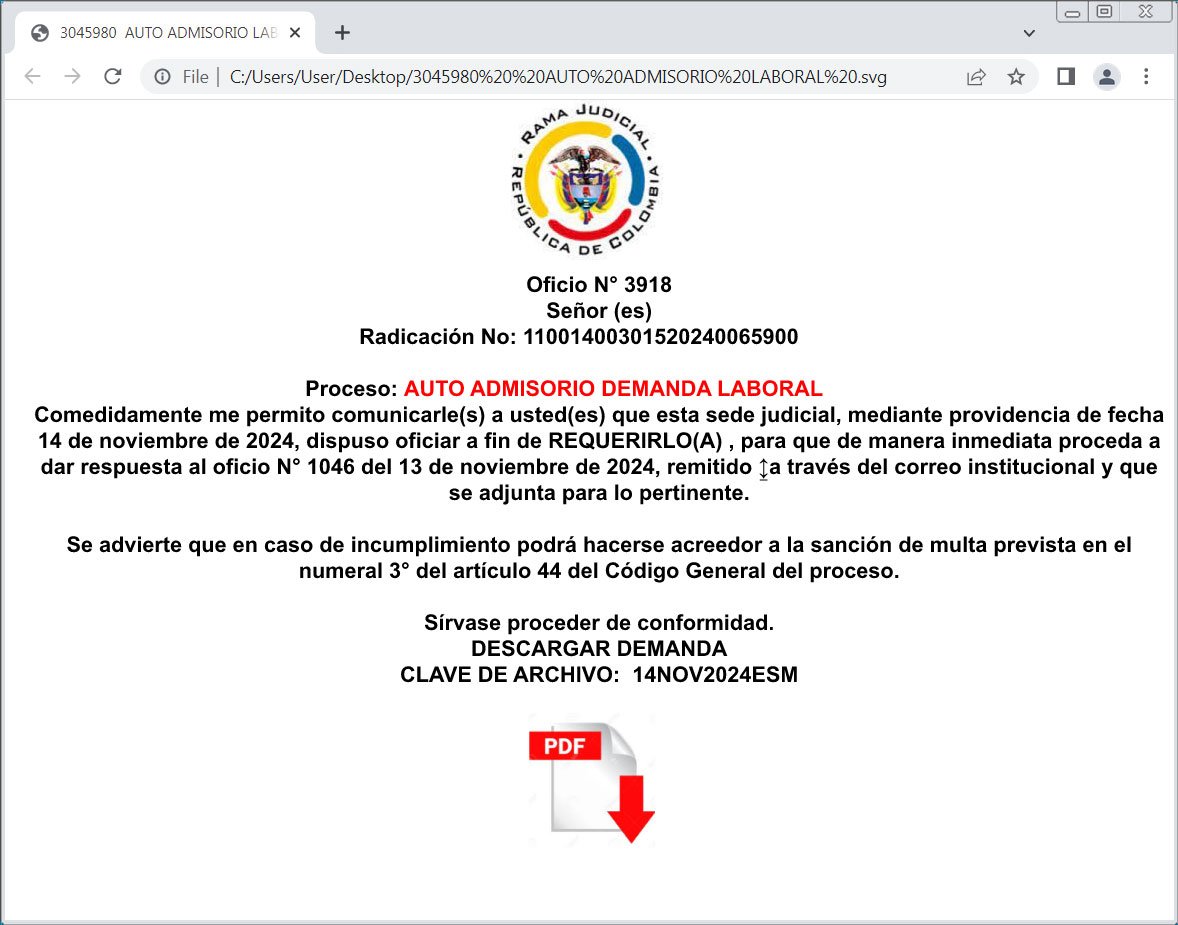Threat actors increasingly use Scalable Vector Graphics (SVG) attachments to display phishing forms or deploy malware while evading detection.
Most images on the web are JPG or PNG files, which are made of grids of tiny squares called pixels. Each pixel has a specific color value, and together, these pixels form the entire image.
SVG, or Scalable Vector Graphics, displays images differently, as instead of using pixels, the images are created through lines, shapes, and text described in textual mathematical formulas in the code.
For example, the following text will create a rectangle, a circle, a link, and some text:
When opened in a browser, the file will generate the graphics described by the text above.
Source: BleepingComputer
As these are vector images, they automatically resize without losing any loss to image quality or the shape, making them ideal for use in browser applications that may have different resolutions.
Using SVG attachments to evade detection
The use of SVG attachments in phishing campaigns is nothing new, with BleepingComputer reporting about their usage in previous Qbot malware campaigns and as a way to hide malicious scripts.
However, threat actors are increasingly using SVG files in their phishing campaigns according to security researcher MalwareHunterTeam, who shared recent samples [1, 2] with BleepingComputer.
These samples, and others seen by BleepingComputer, illustrate how versatile SVG attachments can be as they not only allow you to display graphics but can also be used to display HTML, using the
This allows threat actors to create SVG attachments that not only display images but also create phishing forms to steal credentials.
As shown below, a recent SVG attachment [VirusTotal] displays a fake Excel spreadsheet with a built-in login form, that when submitted, sends the data to the threat actors.

Source: BleepingComputer
Other SVG attachments used in a recent campaign [VirusTotal] pretend to be official documents or requests for more information, prompting you to click the download button, which then downloads malware from a remote site.

Source: BleepingComputer
Other campaigns utilize SVG attachments and embedded JavaScript to automatically redirect browsers to…
Click Here to Read the Full Original Article at BleepingComputer…

